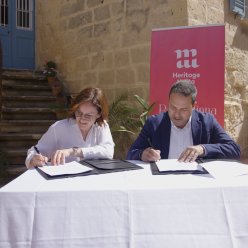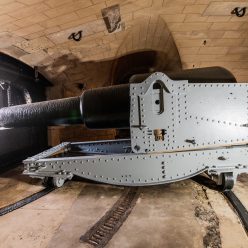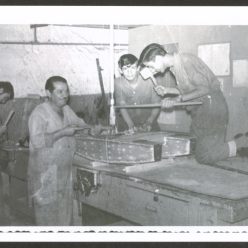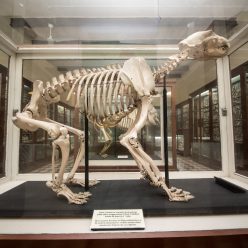Stqarrija bil-Malti Agħfas Hawn / Press Release in Maltese Click Here
Funds donated to Heritage Malta by The Melita Foundation have aided the agency in dating an olive grove in Bidnija.
The nearby presence of the buried remains of a structure – possibly a rustic villa – from the Roman period, where oil used to be produced, had led to the assumption that the olive trees date back to Roman times, specifically to around 1,800 years ago.
The Melita Foundation funding allowed Heritage Malta to seek the services of a laboratory to perform tests on six samples for carbon dating. The samples were taken from a slice of a dead tree trunk longer than one metre in diameter. The test results showed that the existing trees date back to the 17th century.
Since the olive tree can regenerate itself, the possibility that the trees at the Bidnija grove are older is still not excluded. Therefore, the trunk slice is currently being studied by a local expert, aided by Heritage Malta’s Diagnostic Science Laboratories, in what is known as tree ringing, where the age of a trunk is calculated by the number and the distance of the concentric circles observed in the cross-section. This process, however, could be hindered by the very structure of the trunk since olive trunks become gnarled and twisted as they grow.

Thanks to The Melita Foundation’s financial aid, a geophysical study was conducted to obtain more detailed information about the nearby Roman remains and to ascertain more precisely the extent of these archaeological remains.
Professor Tanya Sammut-Bonnici, Chair of The Melita Foundation, said: “The results emerging from carbon dating of these olive trees are fascinating and provide an important historical link to activity in the area. We are honoured to be part of this project.”
The studies carried out through The Melita Foundation’s funds are part of the Olea Project, led by Heritage Malta in collaboration with other entities which have signed two agreements with the agency. One of the agreements is with Ambjent Malta and deals with the project’s ecological aspect, while the other agreement was signed with the University of Malta and the Superintendence of Cultural Heritage and covers the archaeological aspect.
Heritage Malta wishes to thank all collaborating entities in this project.

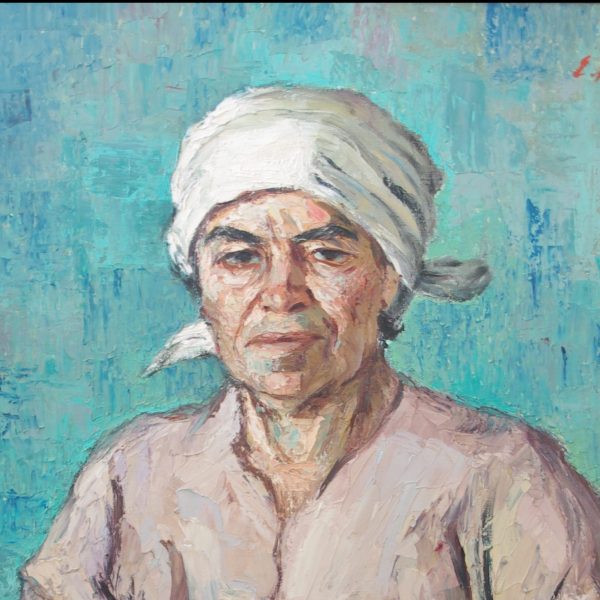
Up Next
Press Releases | 24th March 2023
